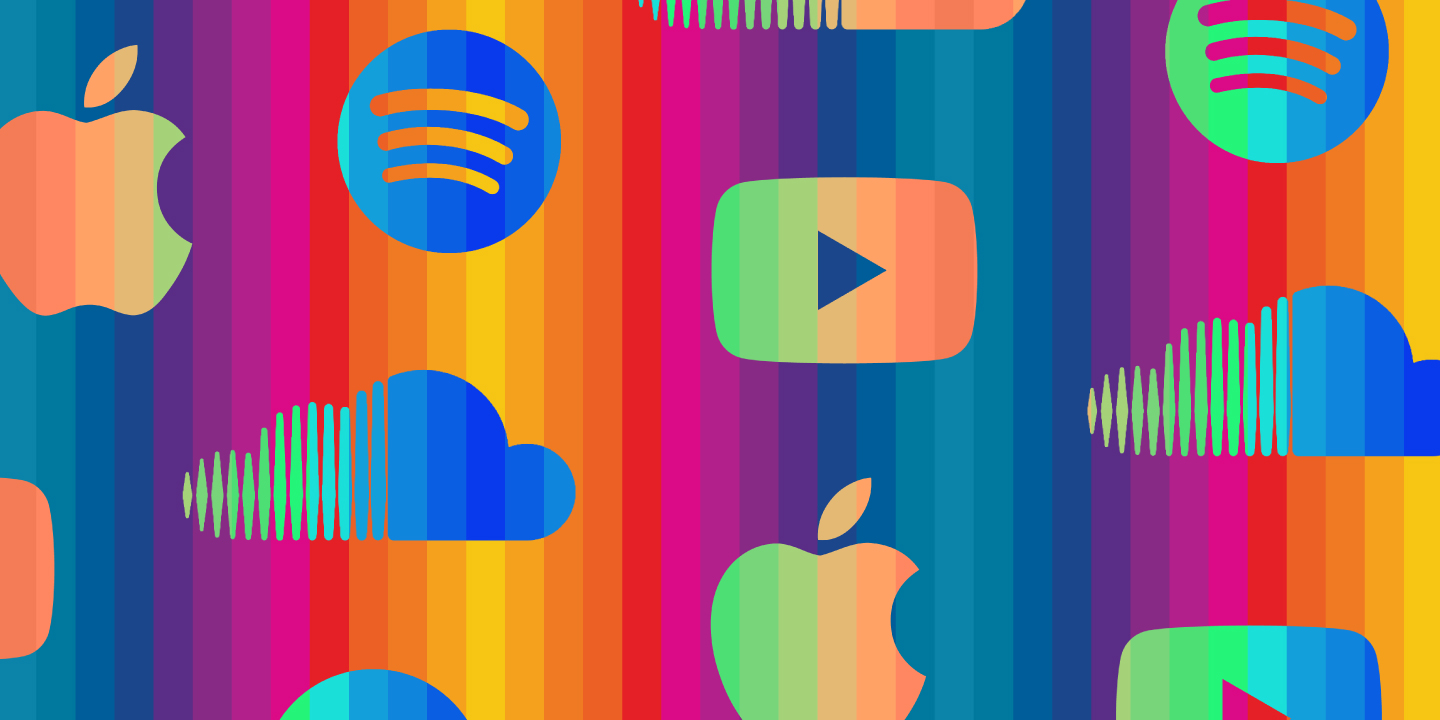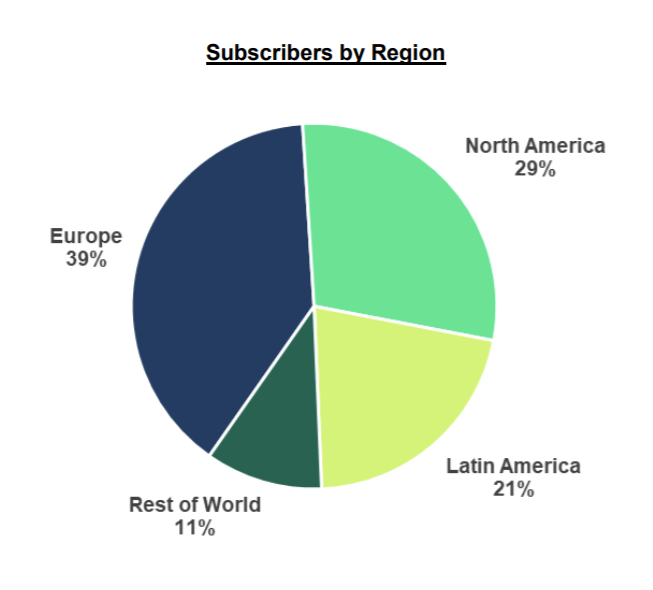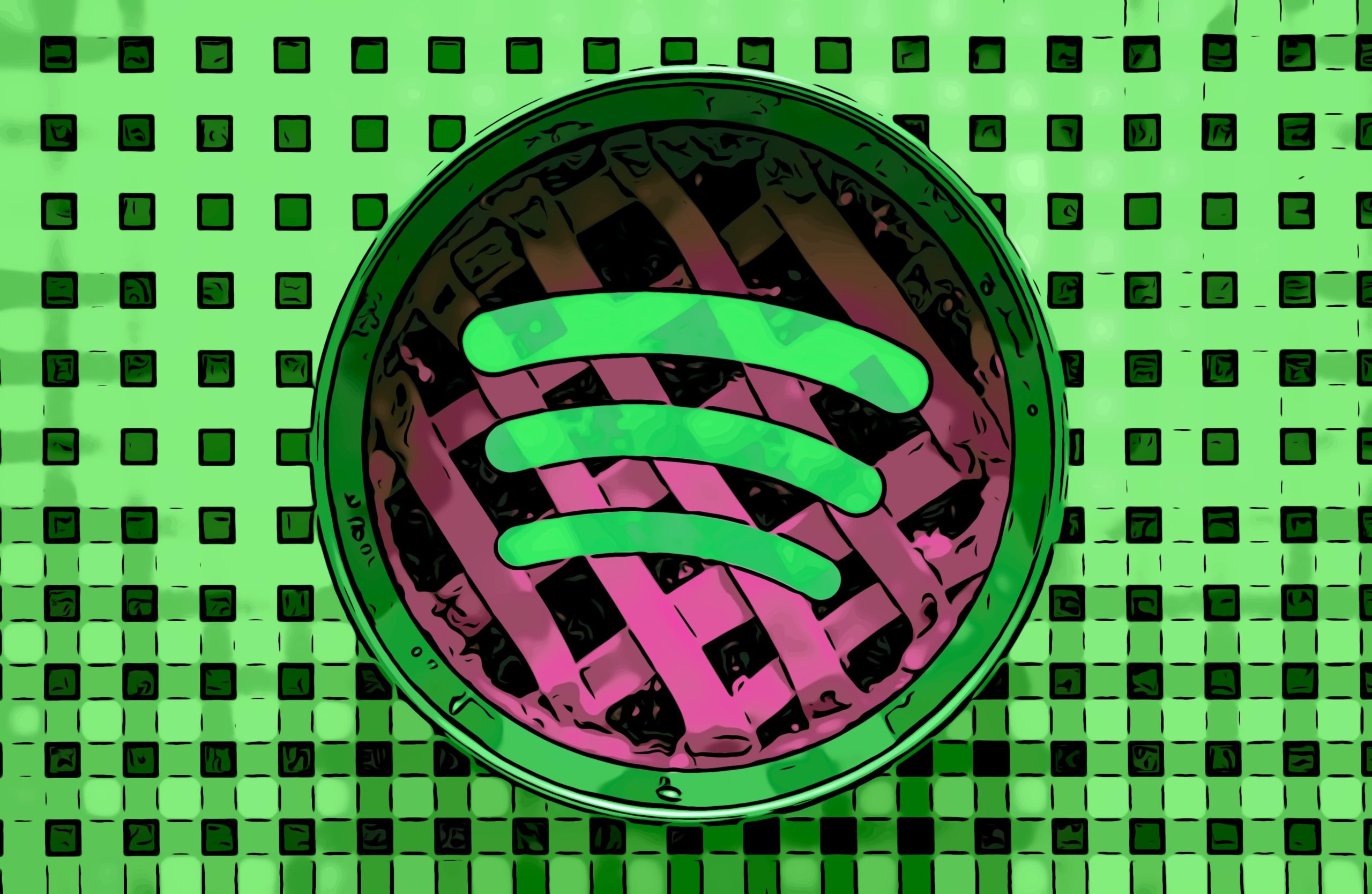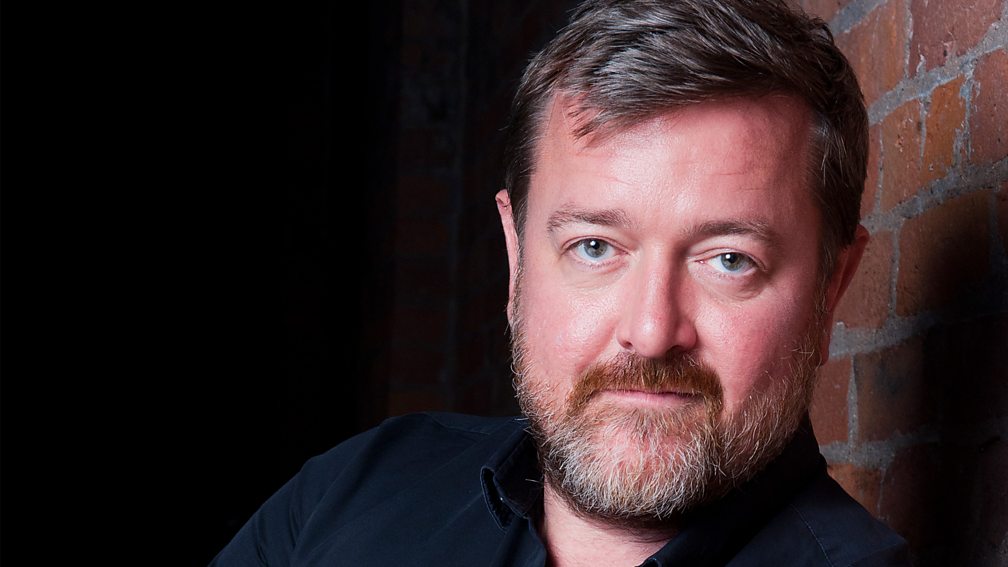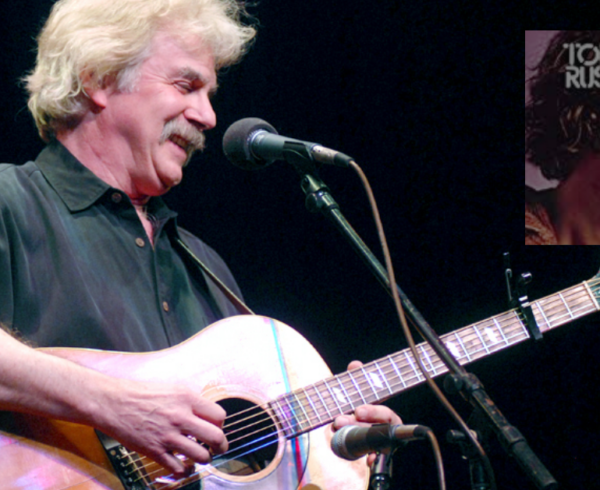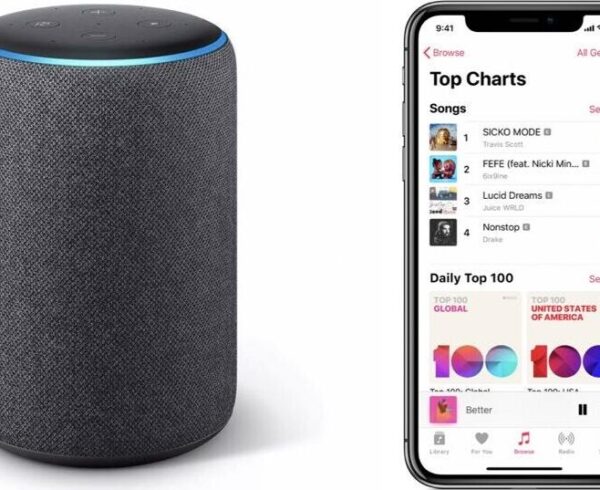Let’s assume you (like me) are one of the 286 million people in the world who currently use the music streaming platform Spotify. In all likelihood, that number is actually low, as that is the data reflected in the company’s Q1 2020 report. At that time, a little under half of those, 130 million, were Spotify Premium accounts—meaning people who paid a monthly subscription fee to enjoy ad free streaming.
The point is, if you are a Spotify user, you’re in good company. About 44% of its subscribers listen on a daily basis with an average consumption of 25 hours of streamed music per month. Further, with over 50 million available songs, it remains an incredible resource for conveniently discovering and enjoying music. I mean that sincerely. Spotify, alongside its rival streaming services like Apple Music, Pandora, and Deezer, has revolutionized the way people experience music. It’s lowered the cost for consumers to hear the songs they love wherever they are, and it has created a platform for lesser known indie artists to potentially gain exposure to a massive and ever growing network of listeners for a low cost upload fee. Again, these are fantastic things. As a music lover, my monthly subscription to Spotify has become nearly indispensable.


